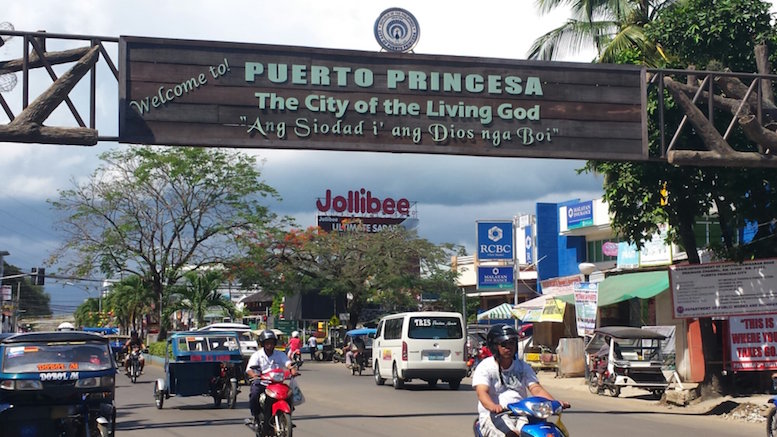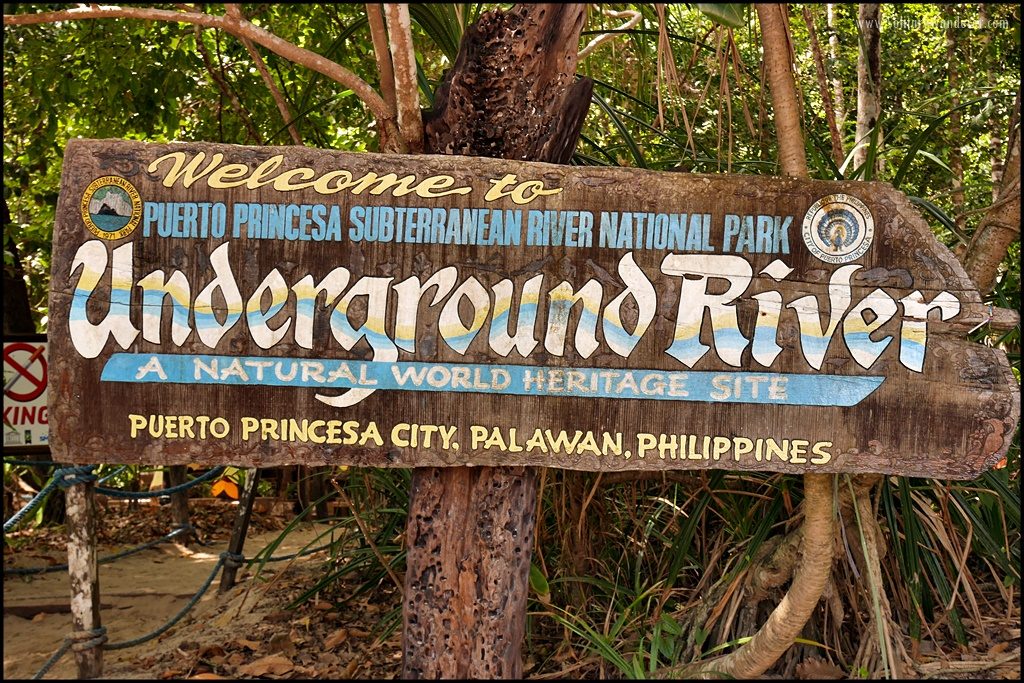The about our city section offers a detailed overview of Puerto Princesa City, covering its rich history, diverse natural environment, people and culture, and unique geographical location.

Puerto Princesa City, a tropical paradise with a bustling urban center perfect for business with leisure trips. Lush rainforests and white sand beaches are simply hours away from the city proper, where a banking and commercial boom has made life easier for workaholics who can never run away from the office.
Puerto Princesa City is a relatively young settlement. It was established as a city only in 1970. The first settlers arrived here almost a century earlier though, on March 4, 1872, celebrated every year hence as the foundation day of Puerto Princesa.
Puerto Princesa City Philippines sprawls across 253,982 hectares of land stretched over 106 kilometers, making it the country’s largest city. Its narrowest breath is in Bahile, where only 8.5 kilometers of land separate the east and the west coast.
Puerto Princesa Philippines has 66 barangays, majority of which are rural settlements scattered in underdeveloped land. Inhabitants number about 150,000, most of them engaged in agriculture and fishing. A third of the population resides in the city proper, an urbanized settlement on the shores of Puerto Princesa Bay. With its huge trees and fresh air, the city has managed to retain its frontier ambience despite the onset of modern trends and structures.
Puerto Princesa Philippines climate consists of pronounced wet and dry seasons equally divided throughout the year. The wettest month is September while the driest month is February. From October to April, the northeast monsoon whips up waves on the coast facing the South China Sea. The southwest monsoon blows from April to August. The best time to visit Puerto Princesa would be the summer months from April to June, when seas are usually calm. Humidity is high but annual average temperatures are comfortable at 27 degrees Celsius. Nights may be chilly during rainy days, especially in forested areas, so it is advisable for visitors to bring warm clothing at all times

Its stunning limestone formations, diverse ecosystems, and unique geology have made it a UNESCO World Heritage Site.

It is located in Palawan, Philippines, a UNESCO World Heritage Site famous for its 5-mile-long underground river.

The Underground River is known for its unique limestone formations, adding another captivating attraction to the site.
Puerto Princesa's natural environment is rich in biodiversity, featuring lush forests, pristine beaches, and diverse marine ecosystems.
Puerto Princesa is a vibrant cultural hub, shaped by waves of migrants from various Philippine provinces and other countries. The original inhabitants of the city include the Cuyunons, with a rich tradition of folklore and customs, as well as indigenous groups like the Tagbanuas and Bataks, each with distinct cultures and belief systems.
The city’s population, around 210,508 as of 2007, is largely concentrated in the urban area along Puerto Princesa Bay, where diverse languages such as Cuyuno, Tagalog, Visayan, and English are spoken. This cultural diversity is driven by a high annual growth rate of 6.6 percent, fueled by an influx of people seeking new opportunities in the city. The residents of Puerto Princesa are known for their warmth, hospitality, and deep pride in their natural heritage.

It provides detailed information about the geographical location of Puerto Princesa City, including its position in the central part of Palawan, Philippines.
